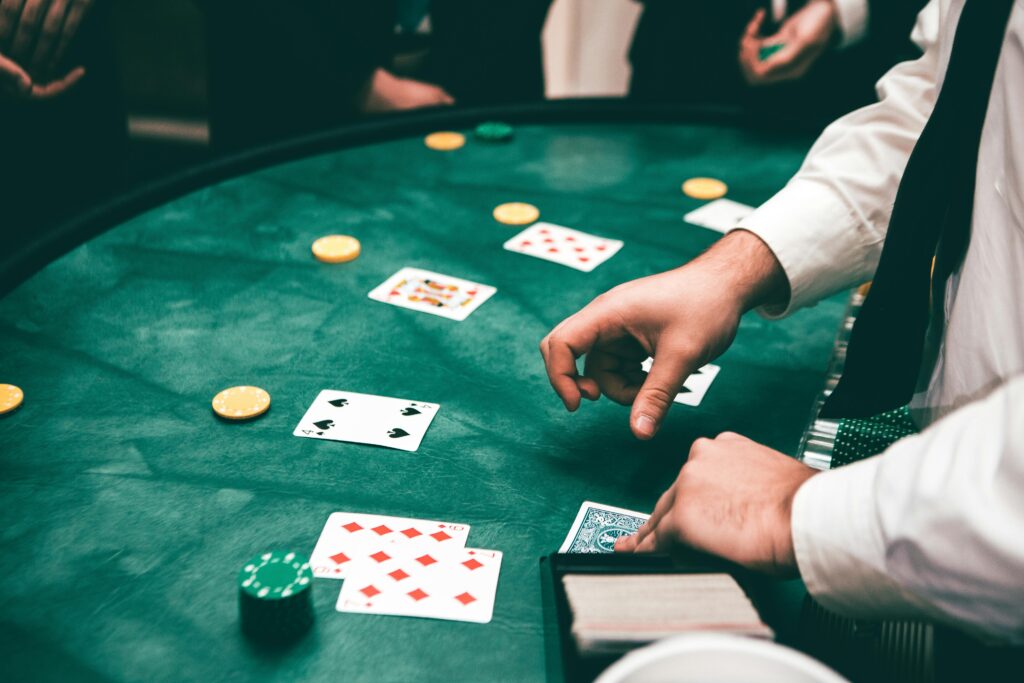3313890842 in Your Call Log: Respond or Ignore?
Let’s keep things simple—when you see a number you don’t recognize, especially a tendigit one like 3313890842, your instinct might be to pick up or call back. Not always the best move.
Unknown callers can be:
Legitimate businesses (survey firms, charities, appointment reminders) Telemarketers or fundraising groups Scam operations using spoofed or recycled numbers
Before reacting, search the number. There are community databases that track frequent callers and categorize them—safe, spam, scam, or unknown. If you see multiple reports that flag the number, skip returning the call.
If you get a voicemail and it sounds robotic, scripted, or incomplete, chances are high that you’re dealing with automated dialers. These are common in telemarketing and do not always reflect malicious intent. But again—caution pays.
What Is 3313890842?
To be clear, 3313890842 isn’t just a random string of digits. It’s structured like a phone number and frequently behaves like one. The format fits U.S. dialing standards and often appears in places like caller ID logs, SMS messages, or web search reports. If you’ve seen this number, chances are it contacted you or showed up in a spam watchlist.
While there’s no public record linking it to major scams or institutions, numbers like this can be used in robocalls, phishing attempts, or marketing outreach. That said, a single appearance doesn’t confirm suspicious behavior—but two or three times? That’s the pattern where it starts to matter.
So what exactly should you do, and how can you know if it’s a fluke or a flag?
How to Protect Yourself from Random Number Calls
Your best defense isn’t aggressive avoidance—it’s using the tools already baked into your phone and apps.
Block the number: Both iOS and Android allow easy blocking of numbers like 3313890842 after a single interaction. Use antispam apps: Tools like Hiya or Truecaller monitor these numbers in real time and flag potential spam. Enable silence unknown callers: Most mobile operating systems let you skip incoming calls from unknowns automatically. Register on the Do Not Call List: In the U.S., this reduces legitimate telemarketing, though it won’t block illegal scams.
Play defense smartly. Most of the pain from these calls comes from engaging.
Is 3313890842 Part of a Scam?
There’s no confirmed widescale report tying 3313890842 to scam operations, but that doesn’t mean the number is safe or consistent. Scammers and robocallers often buy or rotate pools of numbers. Today’s unknown caller is tomorrow’s blocked report.
Look for red flags:
A call or message urges “immediate action” (pay a fine, verify a package, confirm banking info) The caller claims government affiliation Unusual grammar or accent inconsistencies Pressuring you for personal info or online verification
If even one of those hits, hang up and move on. No harm in avoiding unnecessary headaches.
When a Message—or Text—Comes from 3313890842
Call logs aren’t the only appearance spot. Random numbers can also text you. Common text scenarios include:
“You’ve won a gift card!” “There’s a problem with your delivery—update details here” “Click to claim your refund”
Just don’t click any links or respond before confirming. This could trigger more messages or worse, infect your device. Even a simple “STOP” could let them know it’s an active number.
Crosscheck the URL and language. Look out for suspicious link formats or typing errors—scams rarely proofread their traps.
Reporting a Suspicious Number Like 3313890842
You can play a role in protecting others too. If you’ve received multiple contacts from 3313890842, take 90 seconds to file a complaint or mark it for future references.
Here’s how:
FTC Complaint Assistant: report unwanted callers Your phone carrier: AT&T, Verizon, and others offer number reporting tools Crowdsourced directories: Websites like 800notes or Robokiller catalog reports and user experiences
Marking a number helps the database grow—and reduces the odds of someone else falling for the same trap.
Bottom Line
The truth is, 3313890842 could be anything—from a misdialed attempt to a recycled number used in automated contact lists. The important part is that you don’t guess. Check first, respond mindfully, and don’t allow curiosity to open a door you didn’t mean to walk through.
In the end, you don’t need to panic. You just need to be informed, aware, and a little less trusting when it comes to mystery digits lighting up your phone.



